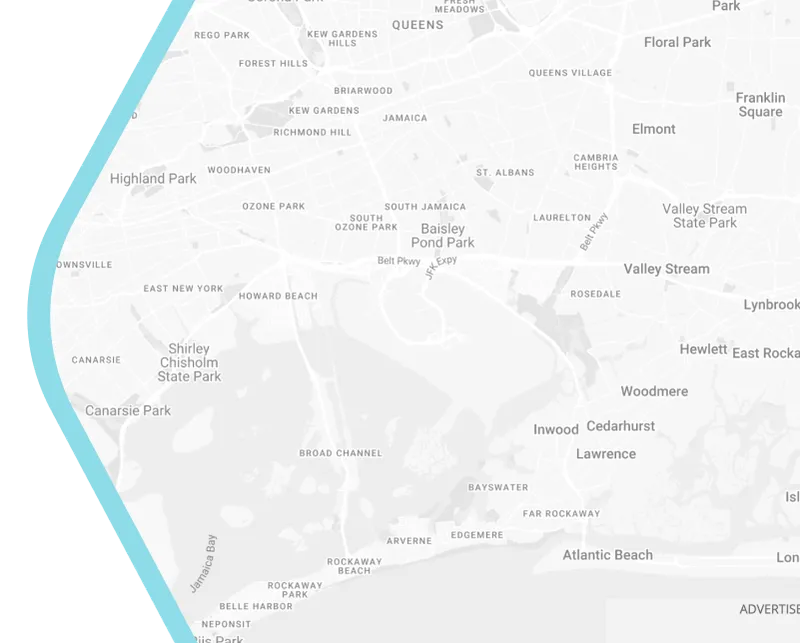
Road Diet to Achieve Equality in Road Design
Road diet is a technique to redesign the street configuration that reduces the number of vehicular lanes. The most common road diet practice is the reduction of two lanes of two-way roads that is converted into two lanes of two-way roads with an additional third lane in the centre used as a turning lane. The fourth lane that is eliminated can be converted into a bike lane, pedestrian pathway, additional parking space etc. The extra lane opens opportunities for usage such as pedestrian refuge island and transit stops that improves the quality for other mobility services besides cars. Thus, it provides better mobility and accessibility for all road users, especially vulnerable road users, such as pedestrians and cyclists. Improving infrastructure for pedestrians and cyclists also provides additional benefits for business activities nearby, as it improves accessibility that encourages better foot traffic for these businesses.
Reference
Aljamal, M. A., Voight, D., Green, J., Wang, J., & Ashqar, H. I. (2021). Evaluation of the Use of a Road Diet Design: An Urban Corridor Case Study in Washington, DC. Sustainability, 13(16), 8964.
Lim, L., & Fontaine, M. D. (2022). Development of Road Diet Segment and Intersection Crash Modification Factors. Transportation Research Record, 03611981211069074.
